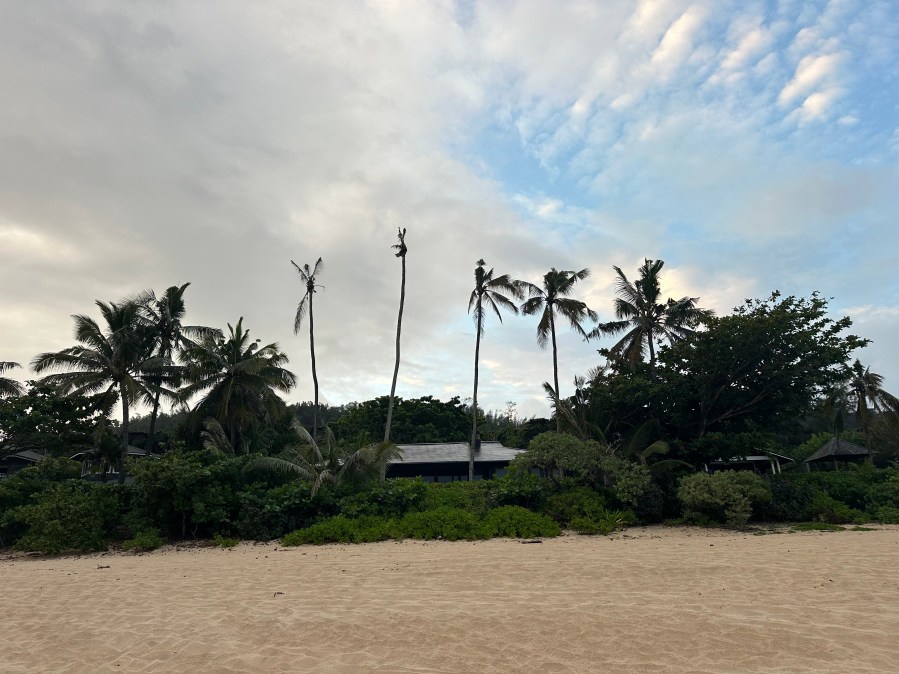KAUNAKAKAI (KHON2) — Molokaʻi residents are sounding the alarm, calling for urgent action to prevent the invasive coconut rhinoceros beetle from reaching their shores.
The community is asking the state to halt shipments of high-risk materials such as potted plants, mulch, compost, soil, and gravel to Molokaʻi for one year. They say these materials are prime breeding grounds for the destructive beetle, which has already devastated areas across Oʻahu and has begun spreading on Kauaʻi, and Hawaiʻi Island.
“Any decaying plant material, compost, mulch, even potting medium—those can all carry CRB,” said Arisa Barcinas, CRB response outreach associate. “That’s one of the main ways the beetle becomes widespread and moves to new islands.”
This year, two CRB hitched a ride in potted plants from Oʻahu to Lānaʻi. The beetles were spotted during quarantine on Lānaʻi and killed.
On Maui, detections in compost and a rotting coconut stump triggered emergency removals in 2023.
Molokaʻi is the only island CRB has not been found on.
Community members and groups say Molokaʻi’s heavy reliance on its own resources makes the threat especially dire.
“CRB establishment on Molokaʻi would fundamentally impact not just coconuts, but also bananas, kalo, and other important crops,” said Wayne Tanaka, Sierra Club of Hawaiʻi Director. “At risk is cultural integrity, food security, the local economy, and a way of life.”
Molokaʻi residents like Kunani Nihipali, who is part of Niu Now and proposed the emergency ask, warn the beetle could wipe out coconut and hala trees along with crops central to the islands culture.
“This is an emergency situation for us,” he said. “What if you come to Hawaiʻi and there are no coconut trees anymore, no hala, no papaya?”
Others, including Molokaʻi and Maui invasive species coordinator Lori Buchanan, who is also a Molokaʻi resident, testified in a hearing last month that the island is already under pressure, with large landscaping imports tied to upcoming hotel renovations. “I’m panicking,” Buchanan told the Board of Agriculture and Biosecurity. “We’ve done everything we can on the ground. We need help now to protect Molokaʻi.”
Currently, an emergency rule restricts the movement of certain CRB breeding materials from Oʻahu to other islands, but it does not include potted plants—the very loophole that allowed beetles to reach Lānaʻi.
State agriculture and biosecurity officials, however, are recommending the Board deny Molokaʻi’s request. They argue the proposed ban could violate the Commerce Clause, would block proven treatment methods such as fumigation or heat treatment, and includes items like gravel that have not been shown to spread CRB.
Check out more news from around Hawaii
The Department of Agriculture and Biosecurity Board will make its decision on Tuesday. Testimony is due by Monday, Aug. 25 at 9 a.m.
